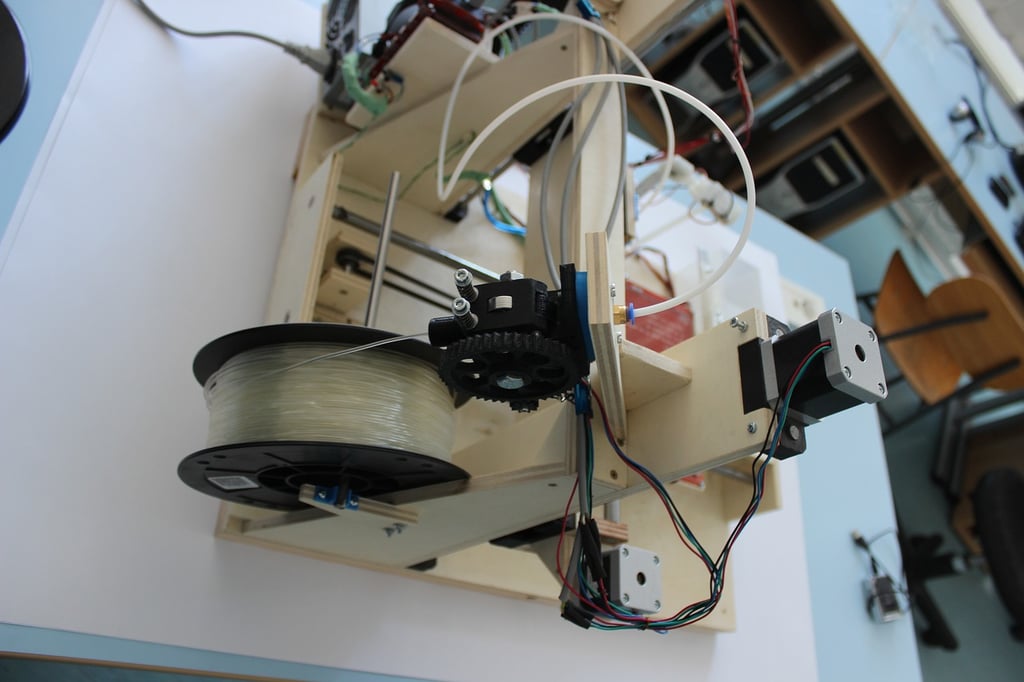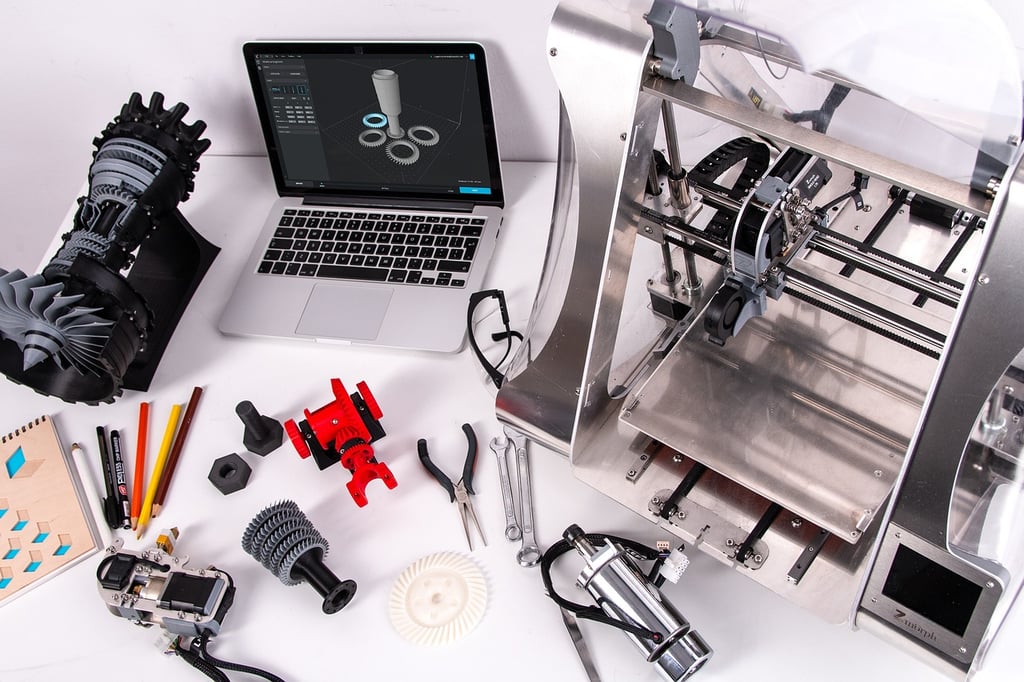Introduction
3D printing has revolutionized the manufacturing industry, allowing for the creation of intricate and customized objects. However, it also generates a significant amount of waste in the form of unused or discarded filament. To reduce the environmental impact of 3D printing, recycling filament has become essential. In this article, we will explore various methods and techniques to recycle 3D printer filament efficiently.
1. Understanding 3D Printer Filament
Before diving into the recycling process, it is crucial to have a basic understanding of 3D printer filament. Filament is the material used to create the printed object and comes in different types, such as PLA (Polylactic Acid), ABS (Acrylonitrile Butadiene Styrene), PETG (Polyethylene Terephthalate Glycol-modified), and Nylon. Each type has its own properties, strengths, and weaknesses.
2. Assessing Filament for Recyclability
Not all 3D printer filaments are recyclable, so it is essential to assess whether your filament can be recycled. PLA filament is the most widely recycled material due to its biodegradability and lower processing temperature. On the other hand, ABS filament is more challenging to recycle due to its higher melting point and composition. Check the packaging or consult the manufacturer's guidelines to determine if your filament is recyclable.
3. Filament Recycling Methods
There are several methods available for recycling 3D printer filament, each with its own advantages and limitations. Let's explore some of the most common methods:
3.1 Mechanical Recycling
Mechanical recycling is the most commonly used method for recycling PLA filament. It involves grinding the used filament into small particles, which can then be melted and extruded into new filament. This process requires specialized equipment, such as a filament grinder and extruder, but it allows for a relatively straightforward recycling process.
3.2 Chemical Recycling
Chemical recycling is another method used to recycle filament, particularly ABS filament. It involves breaking down the filament into its chemical components through a chemical reaction. This process requires more advanced equipment and expertise, making it less accessible for individual users. However, it can be an effective way to recycle ABS filament and prevent it from ending up in landfills.
3.3 Upcycling
Upcycling is a creative approach to recycling filament, where the used filament is transformed into new and useful objects instead of being processed back into filament. This method allows for the development of unique and artistic creations while minimizing waste. Upcycling can be done by individuals or through collaborative efforts, such as community workshops or makerspaces.
4. Preparing Filament for Recycling
Before recycling your filament, it is important to prepare it properly to ensure the best results. Here are a few steps to follow:
4.1 Cleaning the Filament
Remove any dirt, debris, or contaminants from the filament by gently wiping it with a clean cloth or using a mild cleaning solution. This step is particularly important for mechanical recycling, as impurities can affect the quality of the recycled filament.
4.2 Cutting the Filament
Cut the filament into smaller pieces to facilitate the recycling process. This step is especially relevant for mechanical recycling, where the filament needs to be ground into small particles. Follow the manufacturer's guidelines or use appropriate cutting tools to ensure precise and uniform pieces.
4.3 Sorting by Type
If you have different types of filament to recycle, it is crucial to sort them by type. Mixing different types of filament can result in poor quality recycled material or even damage the recycling equipment. Keep the different types separated and clearly labeled to avoid any confusion.
5. Recycling Facilities and Programs
Depending on your location, there may be dedicated recycling facilities or programs specifically designed for 3D printer filament recycling. Research local initiatives, recycling centers, or contact your local waste management authorities to inquire about available options. Some companies also offer mail-in recycling services, allowing you to send your used filament for recycling.
Conclusion
As 3D printing continues to gain popularity, the responsible recycling of filament becomes increasingly important. By understanding the different recycling methods, assessing the recyclability of your filament, and properly preparing it for recycling, you can contribute to reducing the environmental impact of 3D printing. Remember to always check with local recycling facilities or programs to ensure you are following the most suitable recycling practices.
Relative Articles
-
What is an Extruder in 3D Printing?
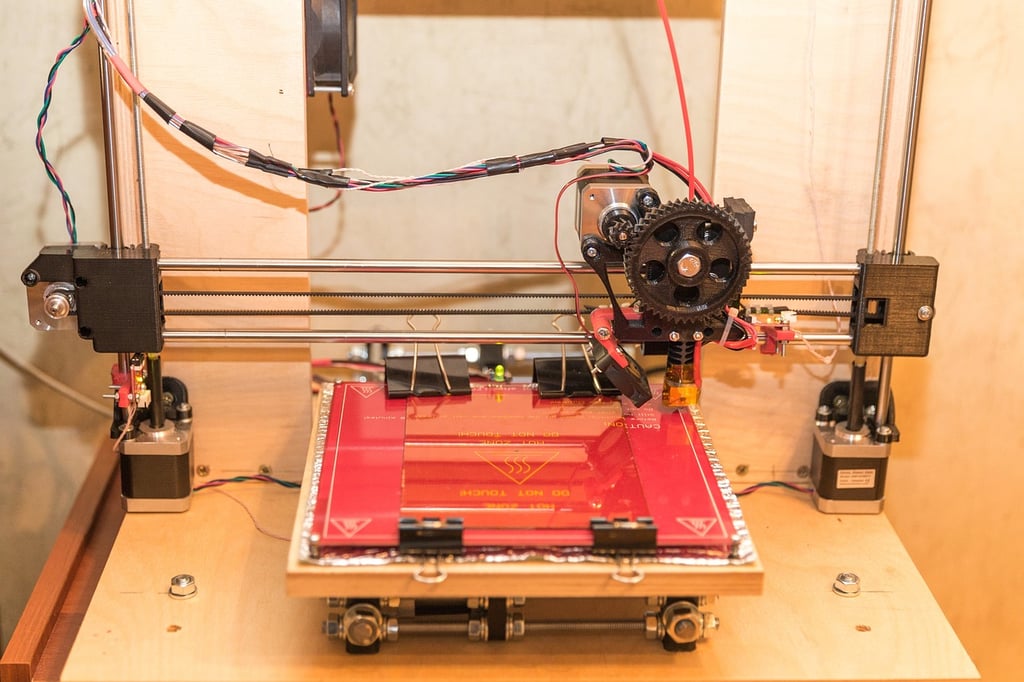
-
Is 3D Printing Hard? Exploring the Prospects of This Innovative Technology
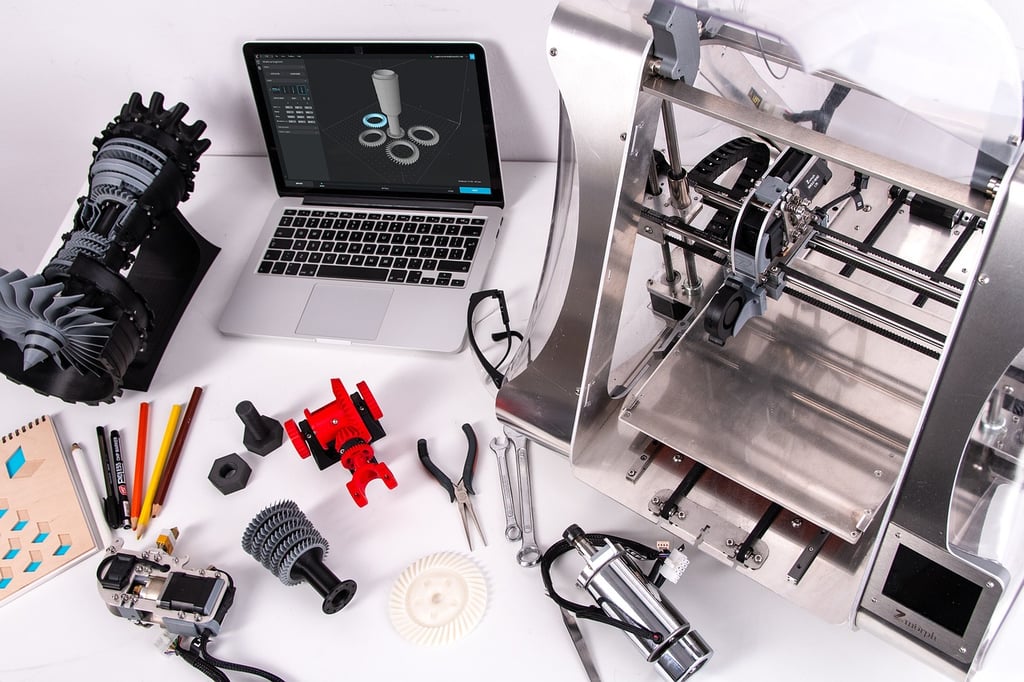
-
How to Remove Raft from 3D Print: A Step-by-Step Guide
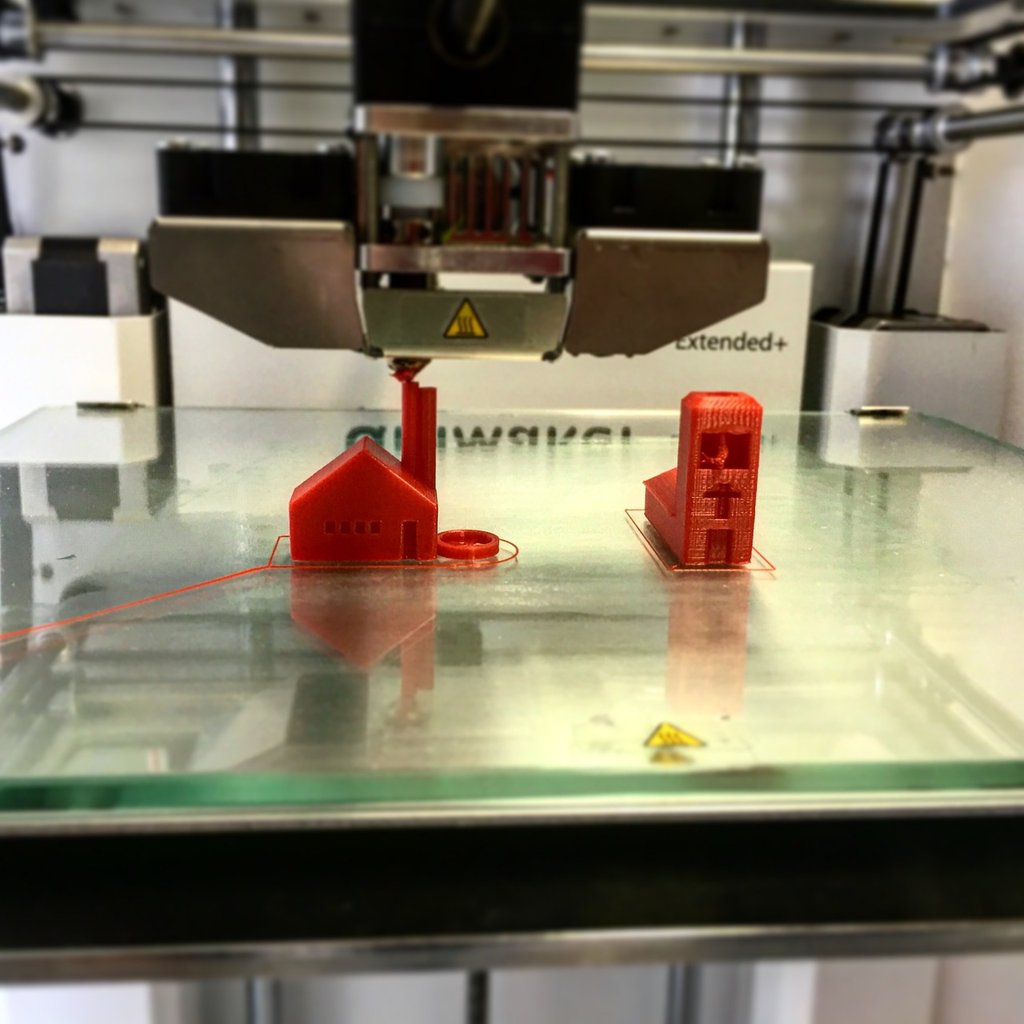
-
How to Clean Up Stringing on 3D Print
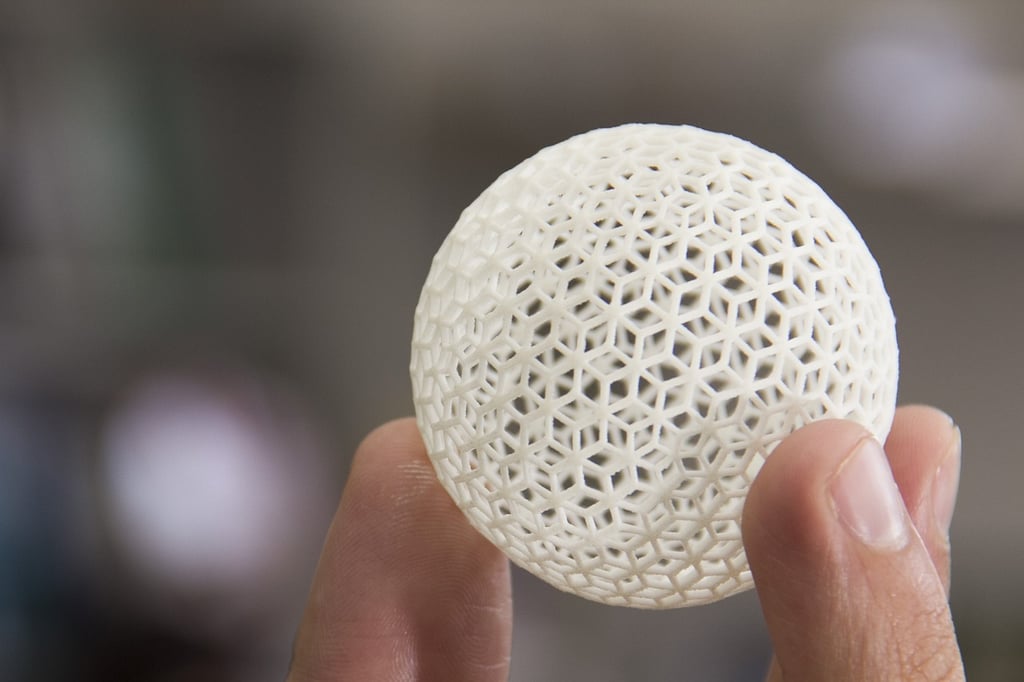
-
How to Calibrate Your 3D Printer for Optimal Performance
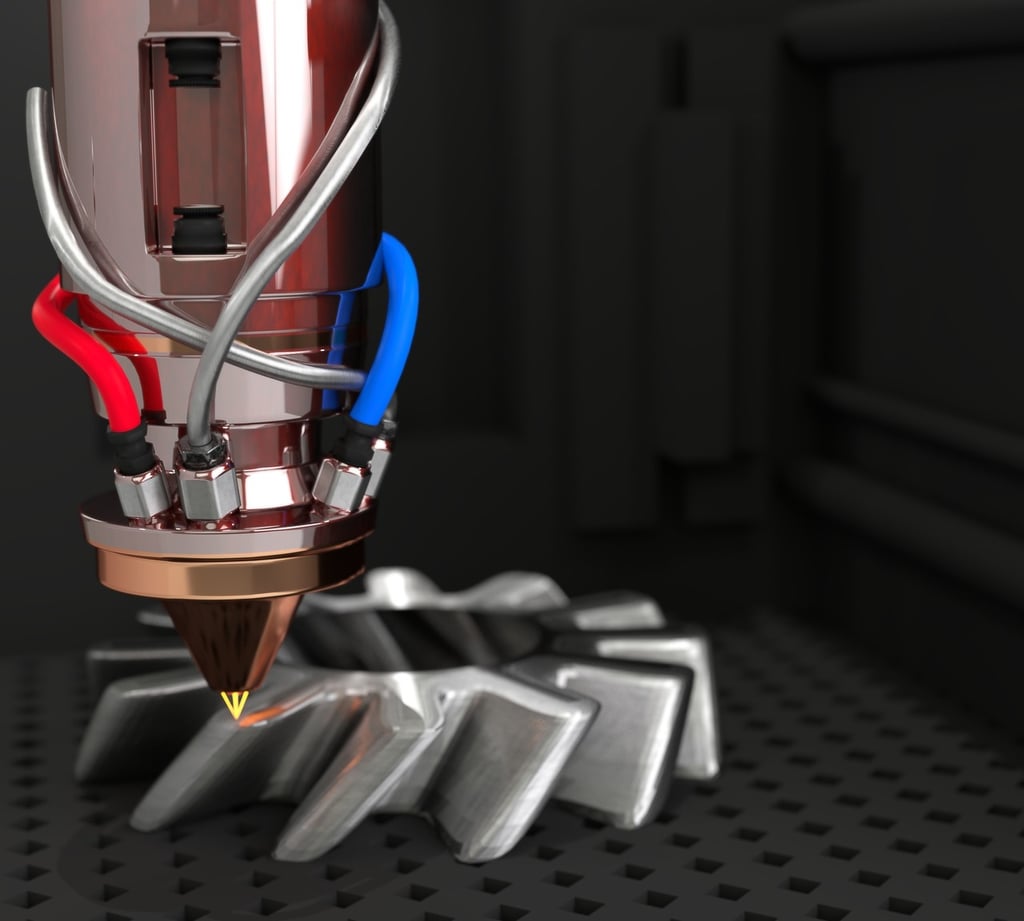
-
Can I Pause a 3D Print Overnight? Exploring the Pros and Cons
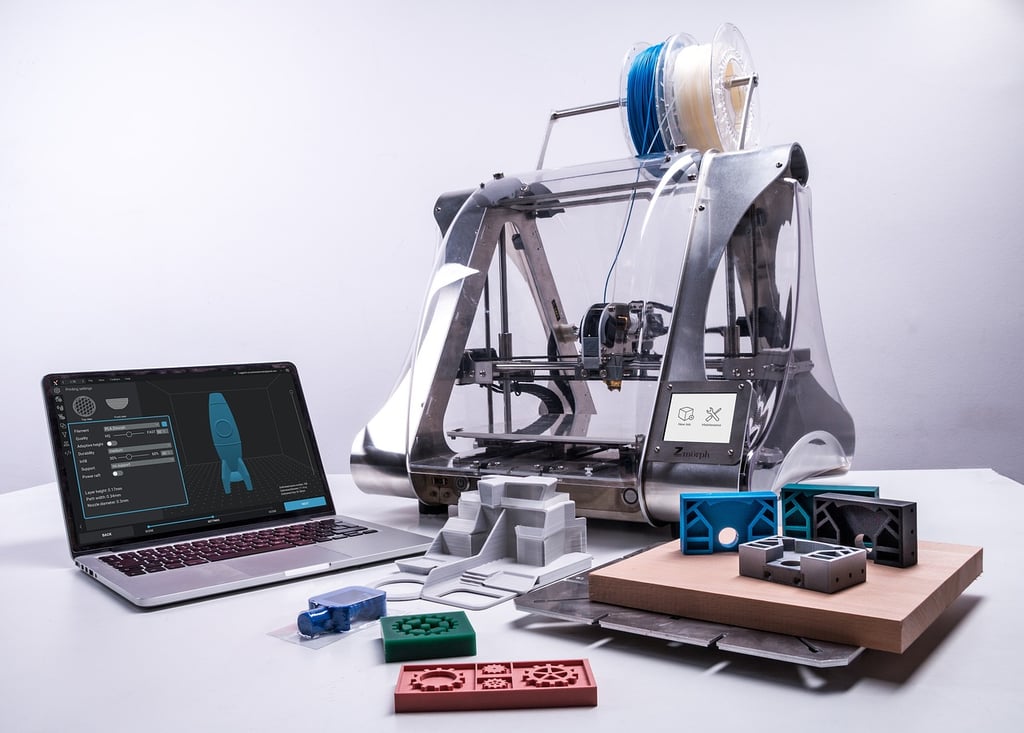
-
How to 3D Print Large Objects
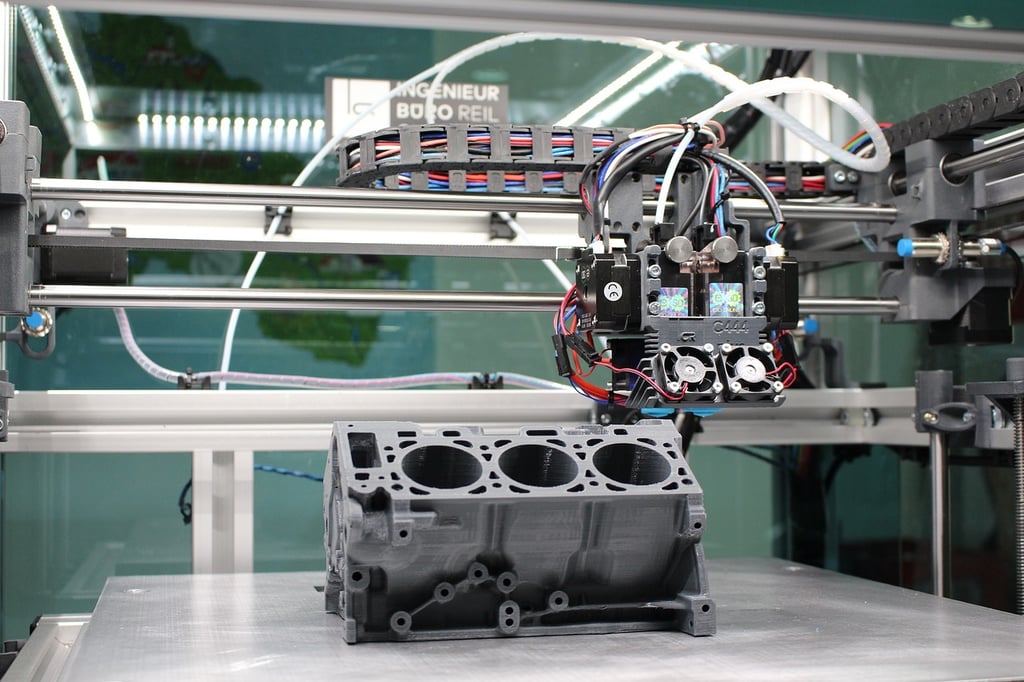
-
How to Make 3D Printer Filament from Plastic Bottles
